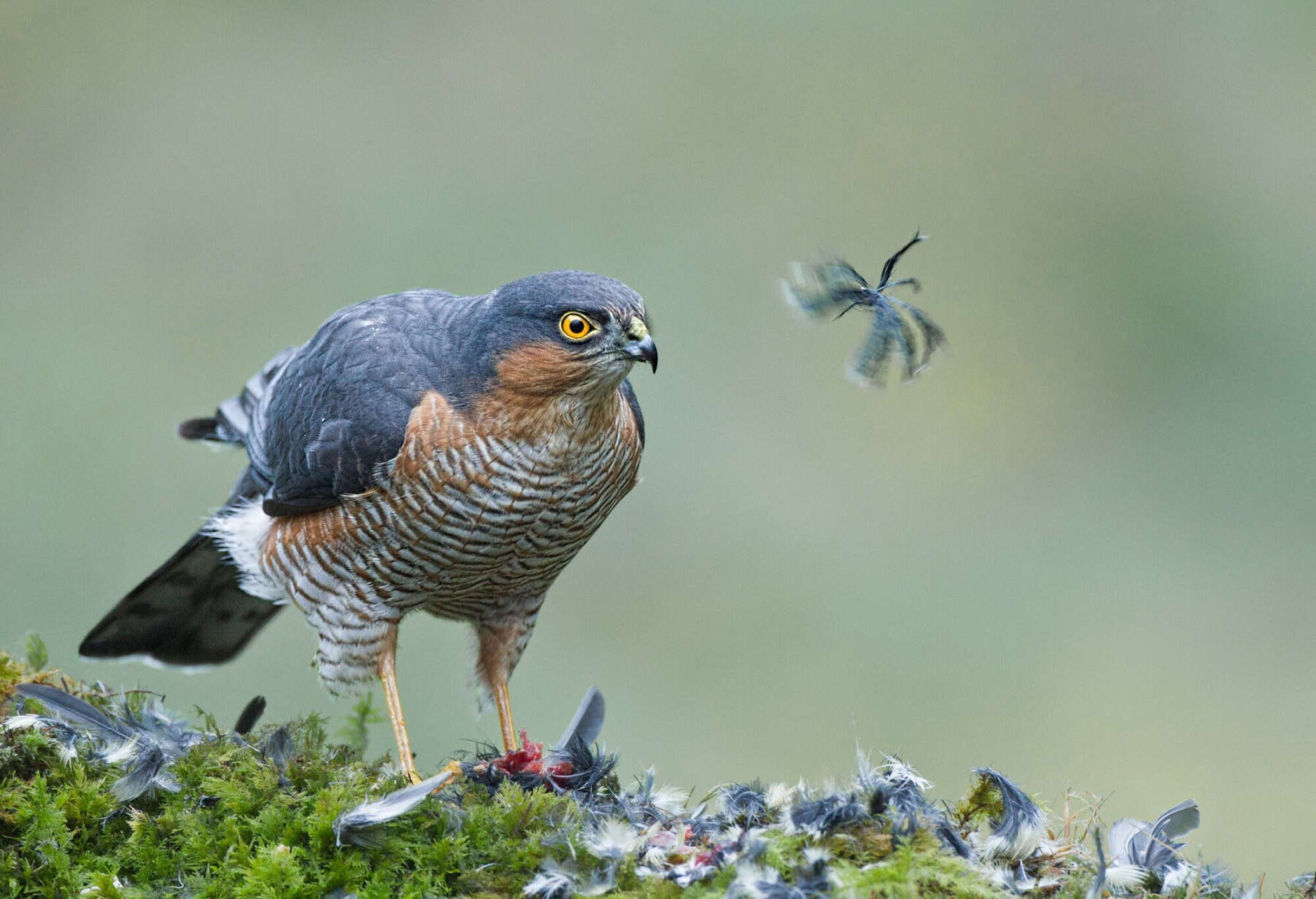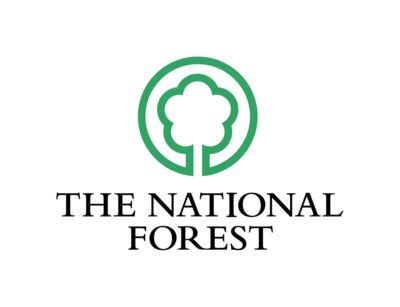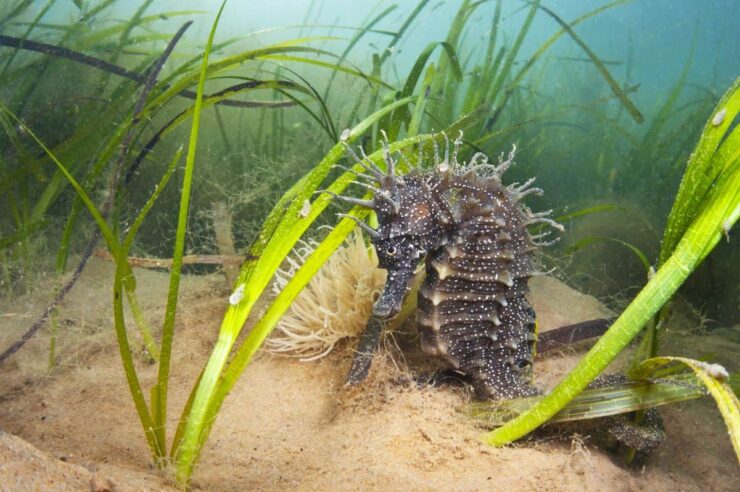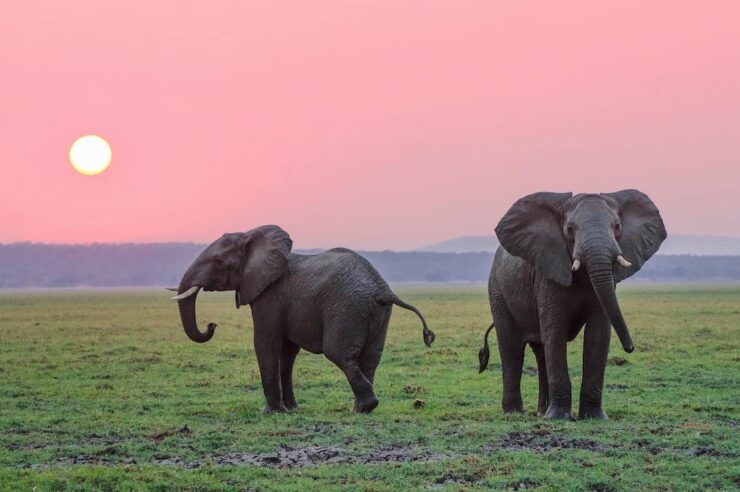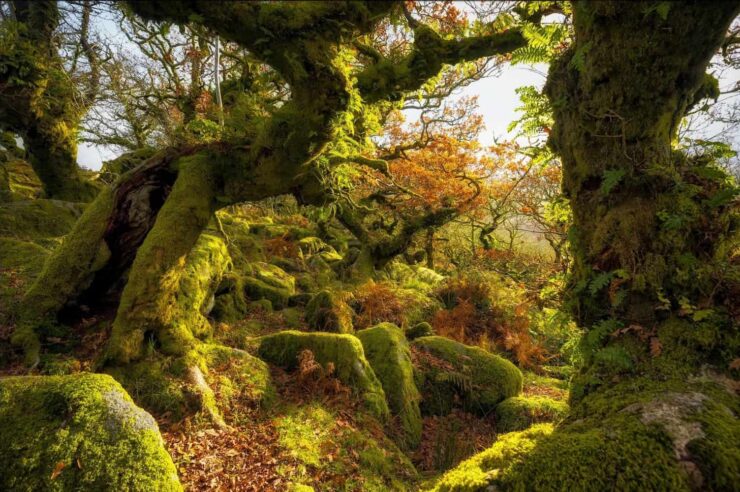The landmark international target agreed in December 2022 is great news for nature. But can the UK live up to its end of the bargain? We speak to experts to find out
It was hailed as a conservation milestone, a last ditch bid to turn back the tide on a humanity-driven extinction crisis. Meeting at last year’s Cop15 in Montreal, almost 200 nations signed up to the ‘30-by-30’ pledge, promising to protect a third of their land and oceans for nature by the turn of the decade.
It’s big talk that demands rapid, decisive action. But with the 2030 deadline a mere seven years away, what does it mean for the UK’s seas, shores and green spaces?
Surprisingly, perhaps, given the UK’s fertile rewilding movement and a well-established network of over 60 National Parks and Areas of Outstanding Natural Beauty (AONB), there is much work to be done.
“The protected sites within National Parks and AONBs are in worse condition on average than sites outside them,” says Emma Clarke, policy officer at Wildlife and Countryside Link (WCL), a coalition made up of 69 member organisations that works to protect nature. “These areas are not currently working well for nature, despite the best efforts of ambitious yet resource-stretched protected landscape bodies.”
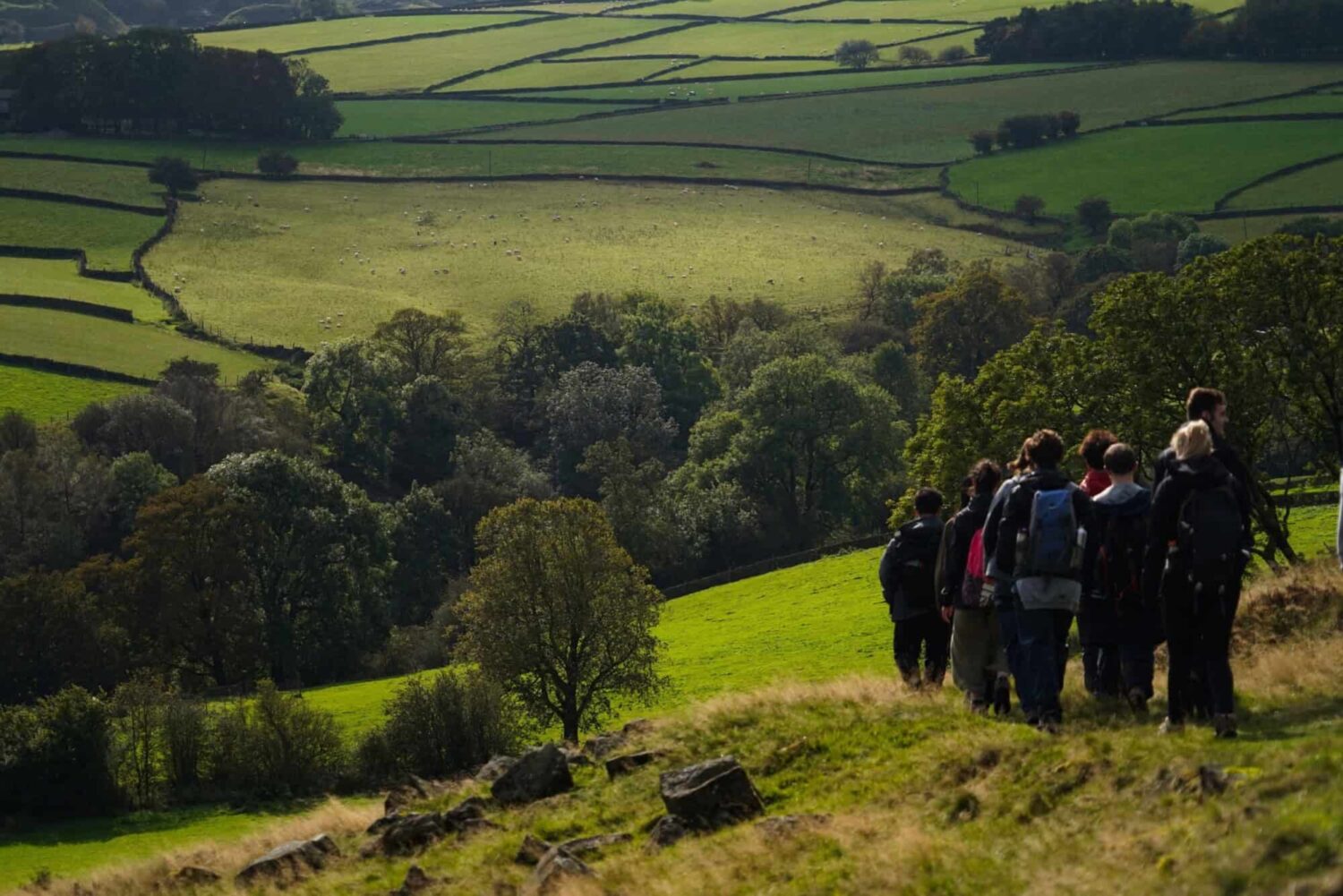
Experts say protected areas such as national parks aren't always working well for nature. Image: Lan Luo
Although 28 per cent of UK land and over 30 per cent of oceans fall under some kind of protected designation, the British Ecological Society (BES) estimates the area under effective protection could be as little as 5 per cent. In England, WCL says it’s as low as 3 per cent, with shoddy management and poor monitoring as contributing factors. In addition, National Parks and AONBs are primarily landscape designations which were not set up specifically for the protection of wildlife.
In a bid to preserve and protect nature, a new, wide-reaching environmental improvement plan recently set out for England aims to restore at least 500,000 hectares of wildlife habitat and ensure everyone is within a 15 minute walk of green space or water, among other measures, but the plan has been criticised for a lack of clarity on how it will be funded.
So, with the 30-by-30 target looming, what strategies are actually working?
The National Forest could provide some inspiration. It’s an area of 200 square miles that spans parts of Derbyshire, Leicestershire and Staffordshire, a region healing from the grubby legacies of its industrial past. Today, on land once gouged and hollowed by digging for coal and clay, woodlands and nature are thriving. Farmers have turned their hands to forestry and children are delving into the forest school experience among some 9m new trees. Careful stewardship is making up for lost ground, and might even serve as a roadmap for the UK’s 30-by-30 ambition.
“We’ve got about four per cent more to get to for 2030,” says John Everitt, CEO of the National Forest Company, which leads the creation of the forest. “If we can do it in a crowded bit of lowland England, then we’re pretty convinced you can do it anywhere.”
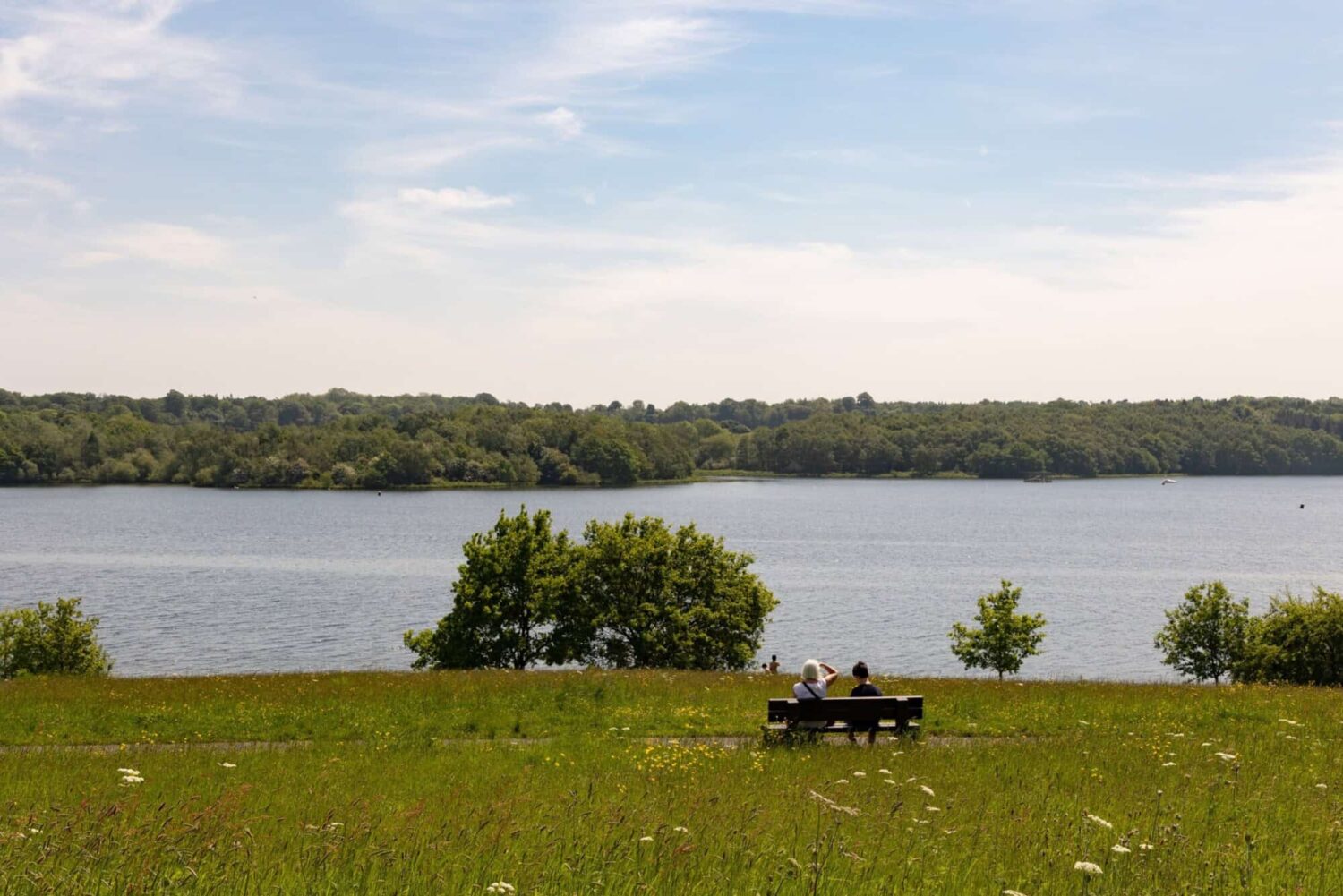
Areas within the National Forest are looking decidedly greener than in the past. Image: the National Forest.
Protection doesn’t necessarily mean fencing off, banning access, or thwarting enterprise. As BES senior policy manager Daniela Russi puts it: “The whole point here is to try to find a way where people and nature can tie together, and where people can benefit from nature in a range of ways.
“It’s not about preventing people from accessing a natural park, it’s about designing and implementing policies to protect these spaces in the long term, and to allow nature to recover inside them.”
It’s an ethos that the National Forest has pioneered since its inception almost three decades ago.
Strong ties with planning bodies mean that 20-30 per cent of land for any new development within National Forest boundaries must be set aside for woodland habitat creation. Meanwhile the Forest’s generous land management grants encourage farmers to plant trees, or turn tracts of poorer quality land over to habitats that can support tourism or the leisure economy.
If we can do it in a crowded bit of lowland England, then we're pretty convinced you can do it anywhere
“We’re not trying to necessarily compete with the most productive agriculture, as we don’t want to take that land out of production,” says Everitt. “But we do want to provide a viable alternative for the less productive farmed land that might need more inputs [such as fertiliser] and be more suitable for tree planting.”
And it’s working. In under 30 years, forest cover has flourished from just 6 to 22 per cent.
“That’s a massive increase in what the landscape can do for biodiversity,” Everitt explains. “And we’ve done that with an economy that’s been growing, and increasing housing, and a farming industry, and a growing leisure industry.
“I think now there’s a real recognition that you can’t just think about economic growth in isolation of the natural environment, because these are the systems that make it work. They can really support each other. It’s actually mutually beneficial.”
Everitt and his team have logged marked increases in butterflies, bats, small mammals and woodland birds. The speckled wood butterfly, long-eared bat and sparrowhawk are particular success stories. Public participation in the forest has seen a boost, particularly through the pandemic.
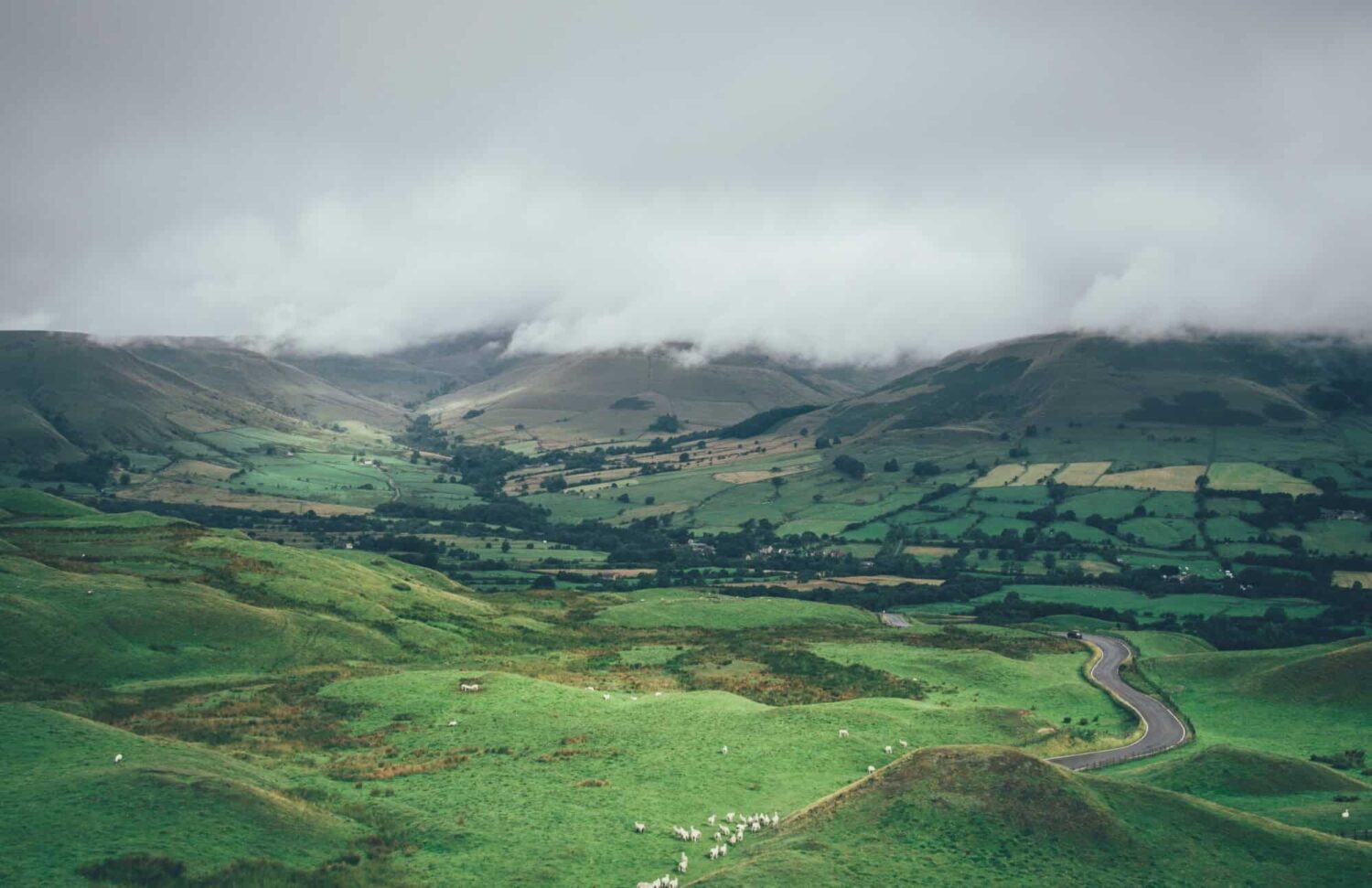
Landscapes like this can be made to work for people and planet. Image: Greg Willson
“If we improve the lot of our wildlife, but don’t engage our communities and individuals in it, then I think we’ve failed, because long term the love and the care and the concern won’t be there,” Everitt says.
The National Forest enjoys the advantage of government funding, but Everitt believes private finance has an increasing role to play in habitat improvement. Philanthropists are also buying into the sense of purpose-building that the 30-by-30 brand espouses, with nine philanthropic foundations – Jeff Bezos’ Earth Fund among them – pledging a record $5bn (£4bn) to the cause under the Protecting our Planet Challenge.
Individuals and communities, Everitt says, can also realise their own 30-by-30 vision by championing the cause, or by surrendering a plot of land to nature, or simply by celebrating it.
“Enjoy it, explore it and convince others,” Everitt counsels.
And the ultimate prize is far more than percentage species gains logged on a spreadsheet. Everitt sees restoration of ecosystems as key to our mental, physical and economic wellbeing.
“Going back to the start of the National Forest 30 years ago, we had a landscape that everyone was moving away from because it was polluted and degraded. Now we’ve got an environment that people want to move into.
“30-by-30 can return some of that wonder of the natural world where you might have that incredible experience with a goshawk, or you might be able to walk all day in an amazing landscape that feels slightly dangerous – one where you feel you could get lost, or where you might see things that startle, surprise and excite you.”
Main image: Martin Vaughan FRPS
